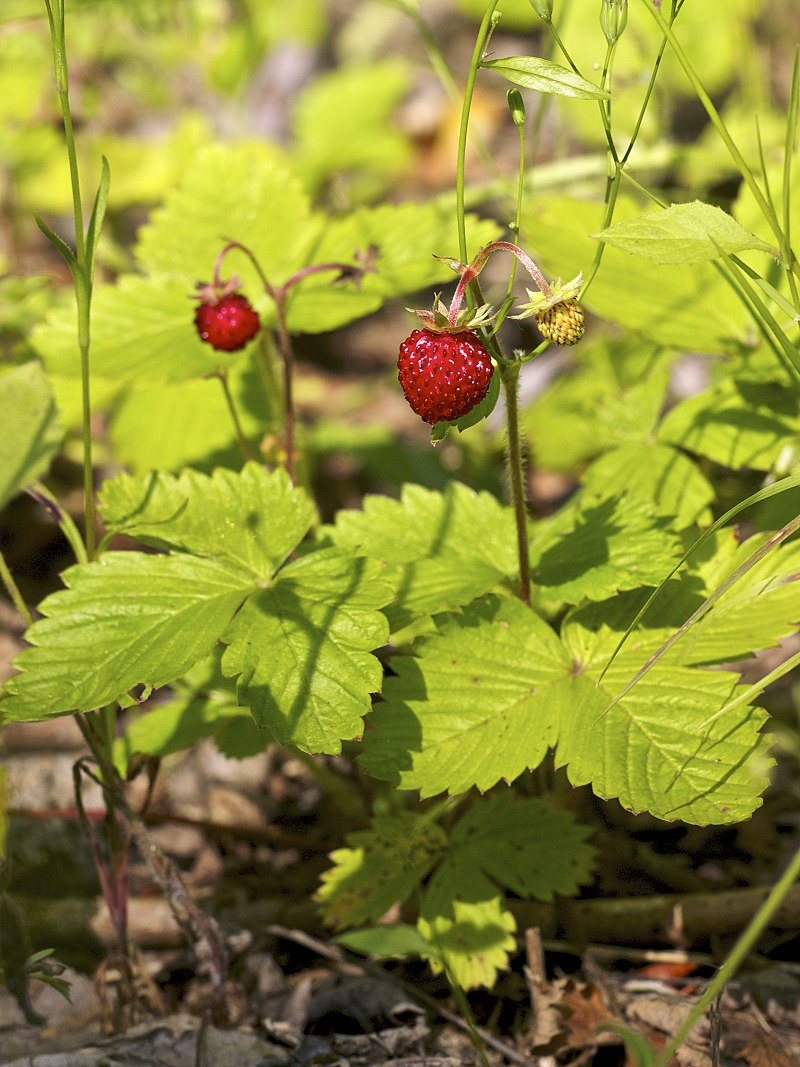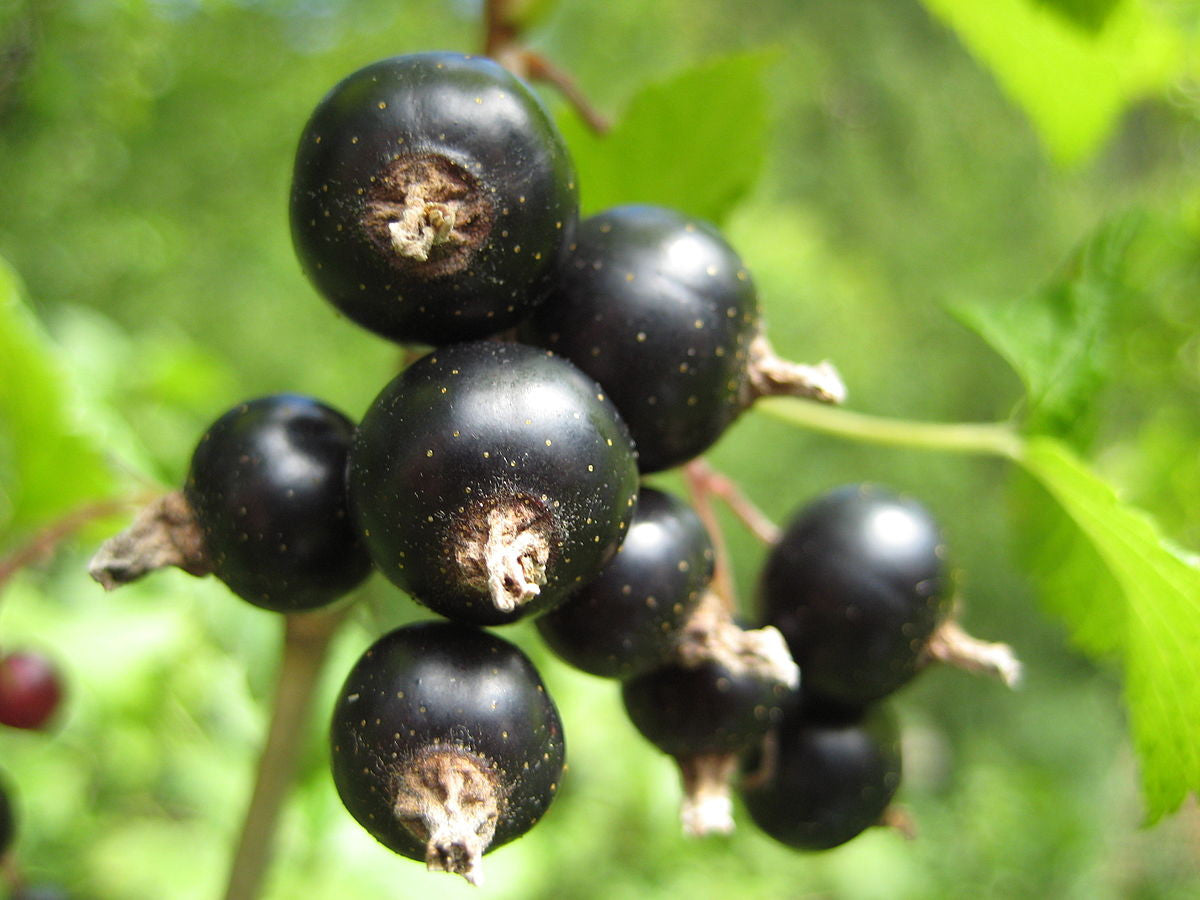
Wild Edible Of The Week - Week 15 - "Wild Strawberry"
Botanical name : Fragaria vesca
Common names : Wild Strawberry
Physical appearance : Low growing, creeping plant with hairy runners. It usually has stems of between 5-30cm. Its leaves grow in groups of three. The leaves are shiny green on top and matt on the underside. It produces small, drooping red berries which have their seeds protruding on the outside of the fruit.
Edible parts : The leaves and berries.
Best places to find : Frequently found on grassy banks, heathland and open woodland. Found throughout Europe.
Time of year : Best gathered from June to September.
Serving suggestions : Can be used in the same way as many soft fruits. Make into jams, compote, desserts or eat as is. Also nice as flavouring for ice creams and liqueurs.

Other uses : Great source of vitamins B, C, and E. Also contain sugars and minerals.
NB - Please be sure you know what you are picking. Many plants look similar to one another and many can be poisonous! Please seek professional instruction if you are unsure! Don't risk your life!!!
Photos courtesy of
By Ivar Leidus - Own work, CC BY-SA 3.0, https://commons.wikimedia.org/w/index.php?curid=27022271
By Jörg Hempel, CC BY-SA 3.0 de, https://commons.wikimedia.org/w/index.php?curid=41218044

